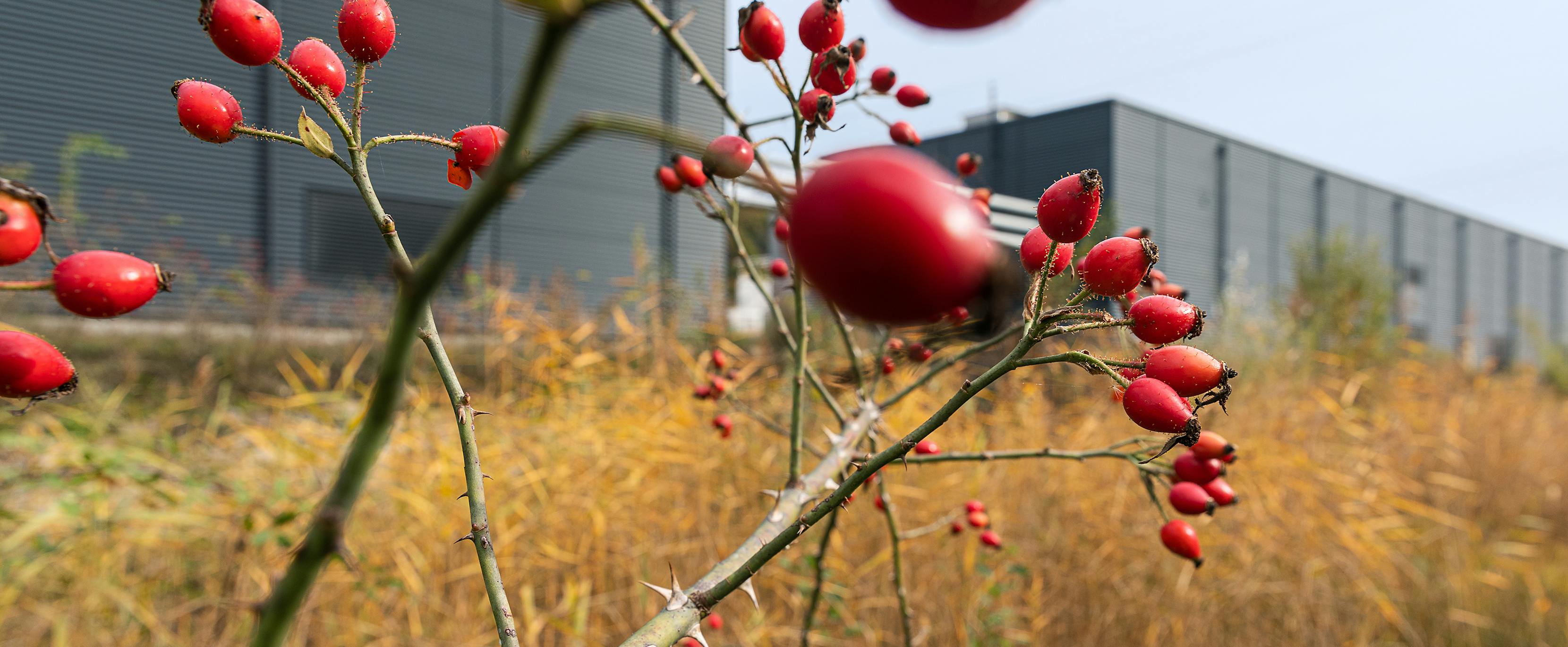
Electricity grids and large infrastructure in general seem to be at odds with the environment. The most common concerns raised by the people directly affected by power lines are their visual impact on the landscape, electromagnetic fields, noise, and the threat to natural habitats. However, a closer look reveals that environmental considerations are integrated into the planning and implementation of every construction project, be it to renovate existing lines and substations or to build new ones. In this blog series, we venture a look at the environmental measures taken in Swissgrid construction projects. We will start with the theory.
Careful checks
An environmental impact report is prepared for all Swissgrid projects. This report is included in the planning application and is drawn up by internal and external environmental experts. It is not simply a one-page document to pay lip service to requirements. It is not unusual for reports to run to more than 100 pages. Nothing is left to chance. The report evaluates the entire construction project and the associated logistics, and defines measures to reduce the impact on the environment. The focus is always on compliance with environmental protection legislation.
It is not unusual for environmental impact reports to run to more than 100 pages. Nothing is left to chance.
The environmental impact report is submitted to the competent authorities with the planning application. Responsibility for assessing the environmental measures in Swissgrid’s projects lies with the relevant canton and the Federal Office for the Environment. They can both present their views on the defined measures, request changes or impose additional conditions. This process is called the environmental impact assessment. The population that will be directly affected by the project, environmental associations and the local municipality are given another opportunity to object to the environmental impact report during the public disclosure of the complete planning application.
Prevention is better than cure
The measures in the environmental impact report are prioritised according to the principle «prevention is better than cure». This means that projects try to avoid impacting the environment in the first place, or endeavour to protect nature from the effects of the construction project. A protective measure could involve covering a green area so that it remains unaffected by the construction work, for example. If interventions are necessary that temporarily damage the environment, restoration measures are subsequently taken. In the course of restoration, any interventions must be remedied in the same way, with the same function, to the same extent and in the same place. If, for example, an access route to a construction site has to cross through a meadow, this meadow must be restored once the building work is complete.
Projects try to avoid impacting the environment in the first place, or endeavour to protect nature from the effects of the construction project.
Despite all the protection and restoration measures, the environment is affected in the long term whenever a line or substation is built. At the very least, the area of land where the new substation or masts are located is lost. In Switzerland, unavoidable impacts on the protection of nature and cultural heritage must be compensated for whenever substations and lines are built. In this case, the steps taken are referred to as alternative measures. Alternative measures are only used where neither protection nor restoration measures are possible. If Swissgrid has to permanently clear a forest under a new line, for example, the trees must be replanted elsewhere. Or if a switch area is added to a substation, areas of an equivalent size must be redesignated as cultural landscapes elsewhere in the region. The aim of these alternative measures is to restore the region’s overall environmental balance.




